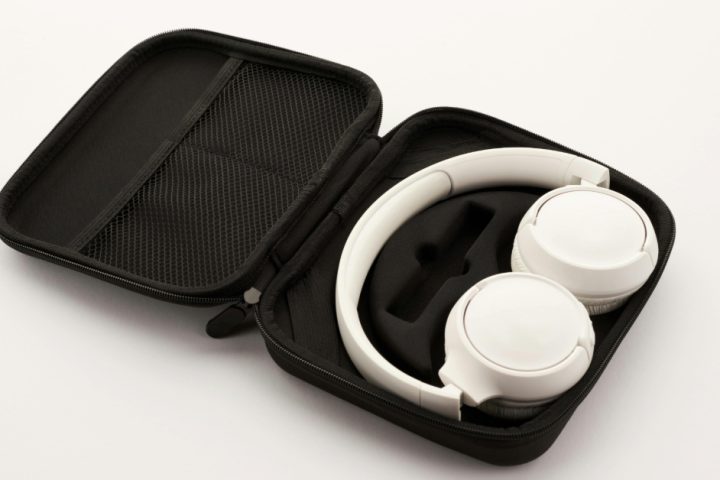Last Updated on August 11, 2022 by Muhammad McCabe
By Zac Pinkham, Vice President of Demand, Europe
From the moment we wake to the moment we sleep, we immerse ourselves in audio. During the pandemic, most media channels saw consumption increases and audio, in particular, enjoyed significant growth. Within the UK, 25.1BN music streams were added as people looked for entertainment, companionship, and distraction in lockdown.
This industry growth shows no signs of slowing as restrictions ease either. With so many different audio touchpoints from smart speakers to mobile phones to radio, audiences can continue their sonic exploration as they move outside of the home and resume everyday activities. But what does the future of audio look like for advertisers wanting to engage and reach these listeners?
Interacting with audio
One of the biggest audio innovations is voice interaction with smart devices – 30% of UK audiences are listening to online audio through smart speakers. These audiences are in a position to engage with audio ads not only with speakers but mobile and smartwatches too.
Brands now have the opportunity to create a digital dialogue with listeners by allowing them to choose what happens next within the ad experience – be it a voice response with more info, or a redirect to a promotional landing page.
Interactive voice ads bring a frictionless, frustration-free experience, allowing listeners to engage hands-free while they are doing activities like cooking or exercising.
Context is key
The marketing industry is having challenging conversations around tracking, cookies and data privacy. However, the audio industry’s focus on contextual targeting means brands can navigate around any such hurdles. Contextual targeting takes into account things like content, time of day and even the weather to serve ads that make sense to the user, rather than using personal data.
For instance, in podcasts, an automated transcription can be scoured by AI to extract key topics and themes. These can then be used to match relevant ads to relevant content to maximize engagement and reach new listeners in ways traditional targeting may not have. Studies have shown targeting with contextual audience segments saw a 50%+ increase in conversions versus targeting with traditional behavioral audience segments.
Additionally, understanding podcast content on a granular level lets brands target to or away from specific themes or topics at an episode level, providing the peace of mind that their message is placed in a brand-safe environment.
Impactful Results
Because of the way audio is consumed – on multiple devices throughout the day and while carrying out activities – listeners don’t always stop to act on the audio ads they hear. Instead, they are visiting a brand’s website or downloading an app at a later time, on another device. This delay and device fragmentation has left advertisers unsure of audio’s contribution to conversions.
But today, technology has been able to marry digital measurement metrics found in other media, like display, with the engaging power of audio. Now advertisers can track listeners across multiple devices, take real-time performance data and adjust campaigns while they’re still in progress to enhance conversion rates. Technology has also advanced to where it can provide automated optimization recommendations.
Recently, a study of 600 audio campaigns using attribution tracking pixels showed just how impactful audio ads can be. On average, the pixels revealed a 4.0% conversion rate of ad impressions, and 82% of the campaigns resulted in at least one purchase (with an average of 573 purchases per campaign). The study also showed strong ROAS and significantly lower CPAs as compared to display. The full report can be found here.
Combining creativity and technology
From creative ad formats to enhanced targeting capabilities and automated attribution, the future of audio is looking bright. Given the industry landscape, leveraging technology and creativity to produce relevant, contextual, and engaging ad experiences is more important today than ever before.



